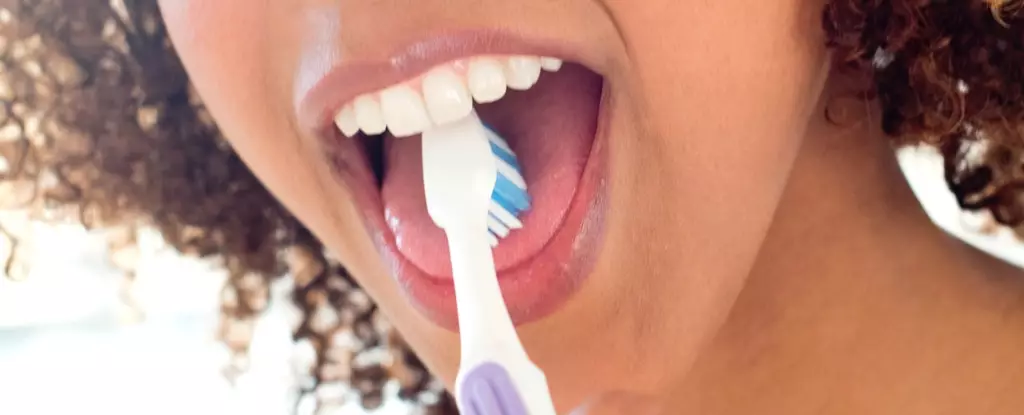When visiting a healthcare professional, you may have encountered the routine request to stick out your tongue while they peer into your mouth. This seemingly simple action serves a dual purpose: not only does it allow a thorough examination of your throat, but it also offers significant clues about your overall health. Your tongue, often overlooked in daily hygiene routines, can reveal insights that pertain to both oral health and systemic conditions. Understanding the state of your tongue can empower you to take charge of your health through proactive self-care.
Contrary to popular belief, the tongue is not merely a single muscle; it comprises a complex assembly of eight muscle pairs that enable a wide range of movements critical for eating, speaking, and overall oral function. The surface of the tongue is textured with tiny bumps known as papillae, which not only contribute to the tongue’s rough appearance but also play a role in your sense of taste. Each human tongue is adorned with approximately 200,000 to 300,000 papillae, but only a minute number of these contain taste buds, which are essential for flavor perception. Adults typically possess around 10,000 taste buds, rendering them invisible to the naked eye. The healthy tongue boasts a pinkish hue, although variations in color are entirely normal among individuals.
Incorporating routine tongue cleaning into your daily oral hygiene can be a beneficial practice for your health. This process takes just 10 to 15 seconds and can easily be integrated into your teeth-brushing routine. Utilizing a standard toothbrush or a specialized tongue scraper, you can effectively dislodge food particles and prevent microbial growth on your tongue’s surface. Regular tongue cleaning not only contributes to better oral hygiene and fresher breath but also acts as a proactive measure for monitoring your health. A clean tongue reflects a commitment to overall well-being, making it an essential aspect of personal care.
While tending to your tongue, it’s vital to be observant for any unusual changes, as these can indicate various health issues. One often noticed alteration includes a white coating on the tongue’s surface, resulting from the accumulation of food debris, bacteria, and dead cells due to irregular cleaning habits. While a small amount of white coating can be benign, significant changes may warrant further investigation. The appearance of a white coating could lead to the development of chronic infections if not addressed, suggesting the necessity of consistent tongue cleaning.
Oral thrush, characterized by a thick, white coating along the tongue, can indicate a fungal infection that requires medical intervention, particularly for those with compromised immune systems or those taking certain medications. In cases of noticeable discoloration—such as the “black hairy tongue” phenomenon, which arises from poor oral hygiene or dietary habits—immediate attention to tooth maintenance is advisable.
The color and texture of your tongue can be indicative of deeper health issues. For instance, a sore, red tongue may signal a variety of health concerns, ranging from nutrient deficiencies to the effects of certain medications. Patches on the tongue that cannot be scraped away or that persist over time necessitate prompt examination by a healthcare provider, as they may signify benign but concerning oral lesions or, in rare cases, precursors to malignancy.
Conditions such as geographic tongue, characterized by irregular patches of color, can alarm individuals but are often harmless. Understanding these variations is crucial for distinguishing between benign changes and those that require medical evaluation.
Taking the initiative to examine your tongue routinely can become a vital component of your health maintenance strategy. As oral cancer rates rise, the importance of early detection cannot be understated. By remaining vigilant to changes in your tongue’s color, texture, or the appearance of sores or ulcers, you are prioritizing your health and enhancing your chances for timely intervention.
The tongue is not just a functional organ; it serves as a vital health indicator. By incorporating tongue cleaning into your oral care and being aware of its changes, you can promote better health outcomes while ensuring that a routine check-in with your body becomes a part of your daily life. Your tongue may be small, but its implications for your health are substantial. Regular self-examination is a simple yet effective way to navigate your health journey.


Leave a Reply